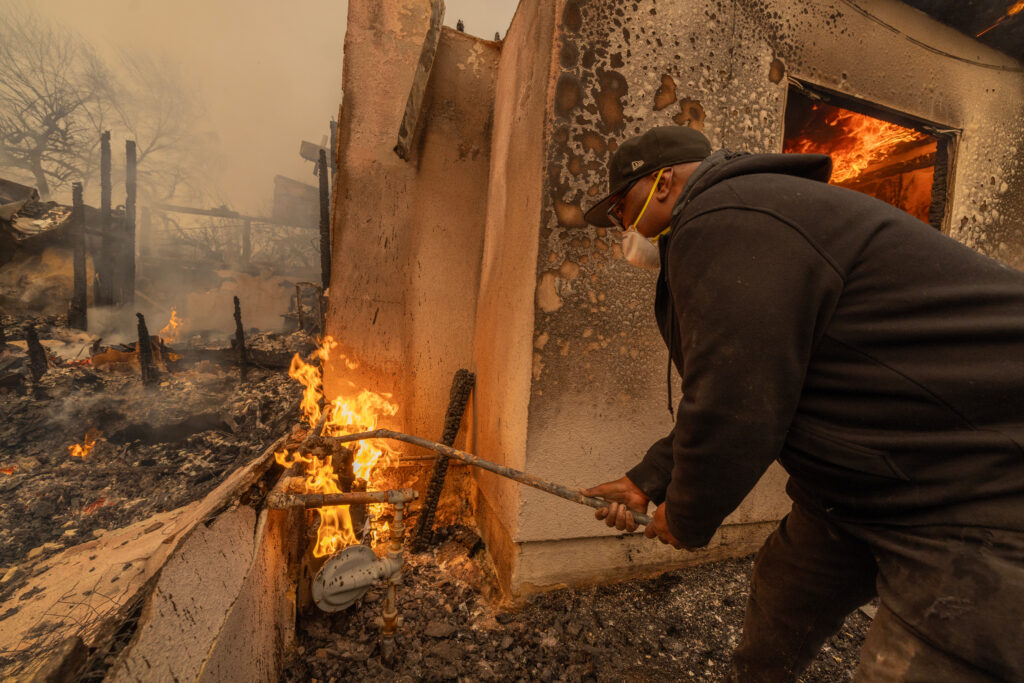Research has identified microplastics in all regions of the human lungs, suggesting that people can be exposed to microplastics through inhalation.
The new study analysed human lung tissue samples to detect and characterise any microplastics present, finding 39 microplastics in total within 11 of the 13 lung tissue samples.
Of the microplastics detected, 12 polymer types were identified, with polypropylene, polyethylene terephthalate, PET and resin the most abundant.
Airborne microplastics have been sampled globally, and their concentration is known to increase in areas of high human activity, especially indoors.
Research had yet to uncover whether microplastics from the environment can be inhaled, deposited and accumulated within the human lungs, with the new research suggesting that microplastics can be inhaled.
Respiratory symptoms and disease following exposure to occupational levels of microplastics within industry settings have been reported in the past.
The research follows the detection of microplastics in human blood for the first time in March, showing the particles can lodge in different parts of the body.
The health impacts of microplastic inhalation are not yet known, but scientists are concerned as air pollution particles are already known to cause a range of serious health issues and millions of early deaths a year.
Laura Sadofsky, lead author on the paper, said: ‘We did not expect to find the highest number of particles in the lower regions of the lungs, or particles of the sizes we found. This is surprising as the airways are smaller in the lower parts of the lungs and we would have expected particles of these sizes to be filtered out or trapped before getting this deep into the lungs.’
A recent study from scientists at the University of Hull recorded high levels of atmospheric microplastics during a year-long study a site close to a busy road.
Researchers found the most abundant microplastics were polyethylene, from for example degraded plastic packaging or carrier bags; and nylon, which may be from clothes; as well as resins, which could come from degraded roads, paint marking or tyre rubber. Researchers also found microplastics of the size and shape which are inhalable by humans.
Lauren Jenner, lead author and postgraduate student at Hull York Medical School, said: ‘We found a far greater number of microplastic particles than we were expecting. This study underlines that microplastics are everywhere. It shows they are present in high levels in selected outdoor areas, and that the levels can be higher than indoors.
‘It is vital we now investigate outdoor environments in which humans are regularly exposed to in order to find out the levels of exposure and the types of microplastics present. Inhalation of microplastics is an emerging cause for concern because we know from recent studies that they have been observed in human lung tissue samples. Plastics are designed to be durable, so they may remain inside the body for long periods without the possibility of these being broken down or removed. These findings can now form part of future work to help determine any health impacts, allowing us to now use representative types and realistic exposure levels of such microplastics in further cell studies.’
Photo by John Cameron
















